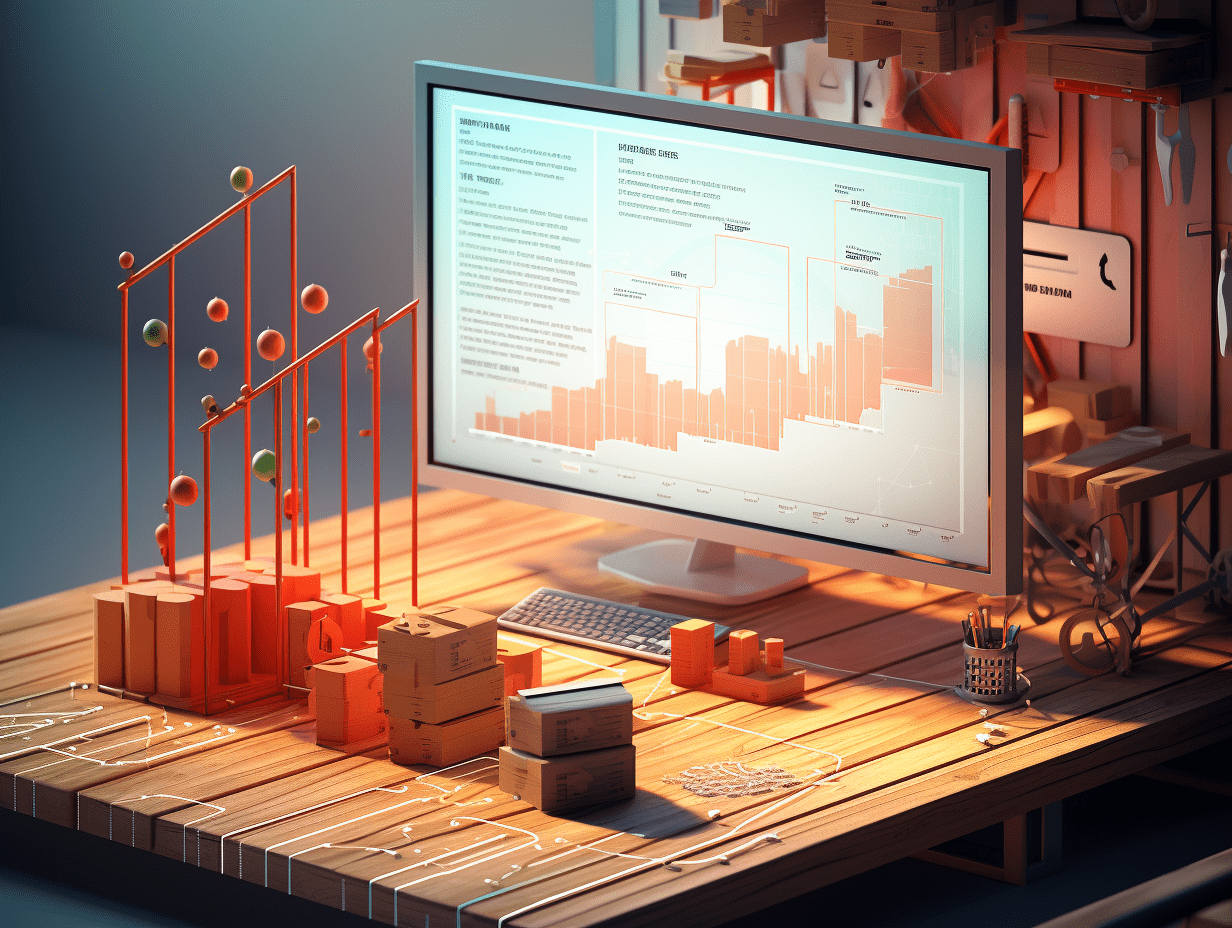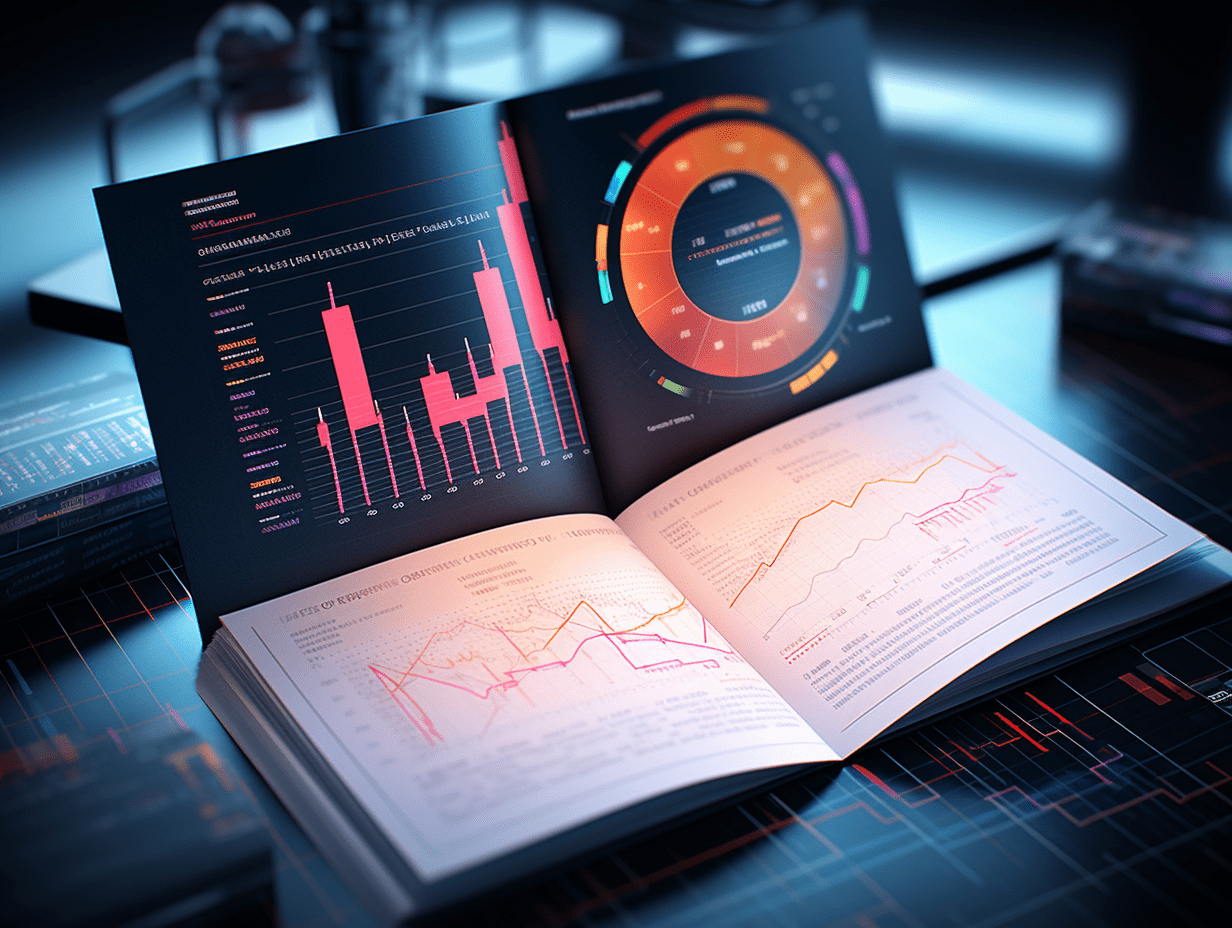Bank of America Securities: How do US economic policies affect the prices of gold and copper?
The latest analysis from Bank of America indicates that gold's long-term upside target could reach $4,000 per ounce, driven by increased investment demand and financial policy uncertainty. Meanwhile, copper prices are showing resilience due to supply constraints and stimulus policies in China.
Recently, the price trends of major commodities such as gold and copper have attracted widespread attention in the market. The latest analysis from Bank of America indicates that with the dual drivers of increased investment demand and fiscal policy uncertainty, the long-term price target for gold could reach $4000 per ounce, while copper prices show resilience due to supply shortages and stimulus policies in China. The price fluctuations of these two key metals not only reflect the global macroeconomic policy game - such as the expansion of the US fiscal deficit, the back-and-forth of trade disputes and tariff measures, but also reveal a new competitive landscape for resources under energy transformation and supply chain restructuring.
I. Lack of fiscal consolidation is bullish for gold
The surge in investment demand for gold has pushed prices to record levels, but a significant decrease in jewelry purchases has offset this impact. Therefore, Bank of America's supply and demand model shows that gold prices could easily exceed $3000 per ounce, but currently will not exceed $3500 per ounce, especially in case of easing trade disputes.
To further rise, investments in gold need to increase, while jewelry demand must stabilize.
Moreover, the uncertainty index of US fiscal policy shows a strong correlation with the performance of gold. Therefore, the lack of fiscal consolidation in the US could further support gold prices, and Bank of America still believes that gold may ultimately become a lower-risk investment than US government bonds.
Although Bank of America believes that there is limited upward potential in the near future, they expect prices to rise again in the second half of 2025, possibly reaching $4000 per ounce.
II. Supply shortages and Chinese stimulus policies support copper prices
In a challenging macroeconomic environment, base metals are showing significant resilience, partly due to supply shortages. The Chinese government has also greatly reduced its reliance on the US economy. In relation to this, fiscal stimulus has supported metal demand, which is reflected in the expansion of spot premiums and the London Metal Exchange (LME) forward curve turning into spot premiums. While the development of trade disputes remains uncertain, Bank of America believes that copper prices will eventually bottom out, possibly receiving support from a new round of stimulus policies in China and a reintroduction of fiscal easing in Europe.
III. Three major themes influencing metals
Looking ahead, Bank of America believes that the prices of mined materials will be influenced by the following three dynamics:
The US is trying to balance its external accounts and promote manufacturing. Tariffs have always been the preferred measure, leading to trade disputes, although recent disputes have cooled down.
This in turn could disrupt supply chains and impact economic growth, although stimulus measures in China and Europe may offset this drag.
The market was optimistic that the Trump administration would reduce the US budget deficit, but the fiscal consolidation target keeps changing and tariffs are part of the revenue, so they are unlikely to be abolished.
IV. Specific impacts of trade disputes on metals
In addition to balancing growth, tariffs can also help increase fiscal revenue. Therefore, they are likely to remain a major part of President Trump's economic policy. However, the Section 232 investigation shows that metals are a weak link in the US supply chain. As expected, China has implemented trade restrictions on specific minerals in response. These measures may not have a significant impact on the overall economy, but they could pose challenges for technology and defense sectors. Bank of America's conclusion is: trade disputes are detrimental to all parties, and restrictions on minerals require urgent development of local supply chains. President Trump has signed multiple executive orders for this purpose.
V. Strong gold investment, weak jewelry demand
1. A price above $3000 per ounce is reasonable, but breaking through $3500 per ounce is challenging.
Gold prices have reached Bank of America's target price of $3500 per ounce, but have since fallen. Besides macro factors, fund flows can also explain this phenomenon. In fact, the World Gold Council confirms that investment demand grew by 20% in the first quarter of 2025, led by Exchange Traded Funds (ETFs), whose assets under management (AUM) grew by 170% year-on-year, i.e. 550 tons. This importance is reflected in Chart 2, which shows the continued correlation between physical-backed ETFs and gold prices.
2. North America and Asia are key to the gold market.
Chart 3 further shows that North America is critical to the gold market, with the largest inflow of ETF funds, followed by Asia. Investors in these two regions are driven by multiple factors, with ongoing policy uncertainty and evolving trade disputes being key drivers.
3. Worries about investment inflows
However, these investment inflows pose a problem: the significant rise in gold prices has affected price-sensitive industries such as jewelry. In this regard, jewelry demand has decreased by 19% year-on-year. Therefore, the total purchase volume of gold has only increased by 1% year-on-year. Chart 4 provides some background through Bank of America's gold supply and demand model, which models gold based on a series of assumptions including mineral production, scrap supply, gold manufacturing/jewelry demand, and investor purchase volume.
VI. Policy uncertainty attracts investors to the gold market
The Trump administration is attempting to balance the current account deficit and rebuild manufacturing supply chains, with tariffs being a key tool to achieve this goal. However, so far, trade disputes have mainly impacted the economy by disrupting supply chains and lowering confidence. By the way, the US dollar has weakened as a result.
1. Consumer confidence declines
Chart 5 shows a significant decline in consumer confidence, while Chart 6 shows an increase in policy uncertainty in all aspects.
2. Fiscal and trade policy uncertainties are most critical for gold
Chart 7 zooms in and shows the correlation between gold prices and different uncertainty indicators, and Trump's entire policy combination is supportive, including the uncertainty of his trade policy. However, fiscal policy uncertainty is more crucial. Chart 8 also reflects this, outlining the close relationship between gold and fiscal policy uncertainty. Bank of America believes that concerns about fiscal prospects (as described below) will lead to the next round of price increases for gold.
VII. Copper prices will rebound with stimulus policies and easing trade disputes
1. The traditional relationship between trade and copper no longer holds.
While gold prices have recently hit new highs, basic metals are also showing resilience.Show resilience despite market concerns that they may become victims of trade disputes. Of course, these concerns are influenced by the expectation that global trade slowdown will increase demand pressure for cyclical assets such as copper.() Tight supply and demand for energy transformation support copper prices
However, in recent years, the correlation between copper prices and global trade has steadily decreased. What is the reason? Tight supply from mines and sustained demand brought about by energy transformation are key factors. At the same time, the Chinese government has done a lot of work in reconfiguring the economy and reducing dependence on the US. The air conditioning industry is an example: this industry typically accounts for about 10% of China's copper demand.
However, the US imports only 2% of its air conditioning production from China, whereas a few years ago this proportion was over 10% (Bank of America included two trade codes). The government has also stimulated domestic consumption, indicating last autumn its intention to take all measures to stabilize economic activity. Therefore, all industries, except for the construction industry, are now making positive contributions to the demand for copper.
The last time Chinese demand grew so broadly, copper prices rose by 80% year-on-year (of course, at that time it was also affected by supply chain disruptions caused by the COVID-19 pandemic). Encouragingly, the government is preparing more stimulus measures for the second half of 2025.
() Spot market tightening, forward curve reversal
Related to this, and also largely influenced by the insufficient supply from mines, the Chinese spot market is tightening, and premiums are steadily rising. Inventories at the Shanghai Futures Exchange and the London Metal Exchange have also declined. What are the results?
The forward curve has turned into a spot premium (Chart 14), confirming tight supply in the refined copper market.
Eight, US policies: fiscal deficits, tariffs, and trade wars
() Lack of fiscal consolidation in the second half of 2025 bullish for gold
Reducing the US budget deficit no longer seems to be a priority. The US has been carrying a budget deficit, and concerns about its sustainability have been increasing day by day. Bank of America has mentioned this in a recent gold report, pointing out that gold may be a lower-risk investment than US treasuries. In fact, this reason, along with de-dollarization, has always been a key reason for Bank of America's optimism about gold.
() Tariffs may slightly help reduce the deficit
Bank of America's colleagues add that this is where tariffs come into play. In Bank of America's view, this indicates that Trump's economic policies may sometimes appear disconnected, but there is actually some complementarity.
() Federal Reserve's difficult situation
Tariffs are part of Trump's policy toolbox, but unfortunately, they also affect inflation expectations. Indeed, inflation has steadily declined from the peak of the COVID-19 pandemic. However, inflation expectations have risen significantly. This puts the Federal Reserve in a dilemma: slowing economic activity, combined with overall upward pressure on price levels, indicates that real interest rates will remain low - which is also favorable for gold.
Nine, metals at the core of trade wars
() Decline in US primary and secondary materials production
The Trump administration uses tariffs as a broad tool to balance the economy, and trade disputes also have a metal aspect, reflected in Section 232 tariffs on steel and aluminum, as well as the Section 232 investigation into copper and other critical raw materials.
() Concerns about dependence on imports for the economy, significant impact on specific industries
The US Geological Survey (USGS) confirms that modern technologies rely on reliable supplies of mineral commodities. However, supply chains are increasingly under pressure from regional conflicts, trade disputes, and resource nationalization. The USGS assessment estimates that the total value added by industries using minerals amounts to $4 trillion, accounting for 14% of US GDP.
() Primary impacts of the restrictive measures
It should be noted that export controls on gallium and germanium may have limited overall economic impact, but could cause serious disruption to the US technology industry.
Related Articles

INTENDED TO DISTRIBUTE FINAL DIVIDEND OF RMB 0.2995 PER SHARE

US Stock Market Move | Q2 guidance exceeds expectations, Pinterest (PINS.US) surges over 7%

APAC Resources (01104) acquiring subsidiary NOVAGOLD shares
INTENDED TO DISTRIBUTE FINAL DIVIDEND OF RMB 0.2995 PER SHARE

US Stock Market Move | Q2 guidance exceeds expectations, Pinterest (PINS.US) surges over 7%

APAC Resources (01104) acquiring subsidiary NOVAGOLD shares

RECOMMEND

General Administration of Customs: China's goods trade imports and exports increased by 2.4% year-on-year in the first 4 months.
09/05/2025

Key details are yet to be finalized. The market's response to the US-UK trade agreement has been lukewarm.
09/05/2025

Risk assets rebounded to boost the market, Bitcoin surged back above $100,000.
09/05/2025


